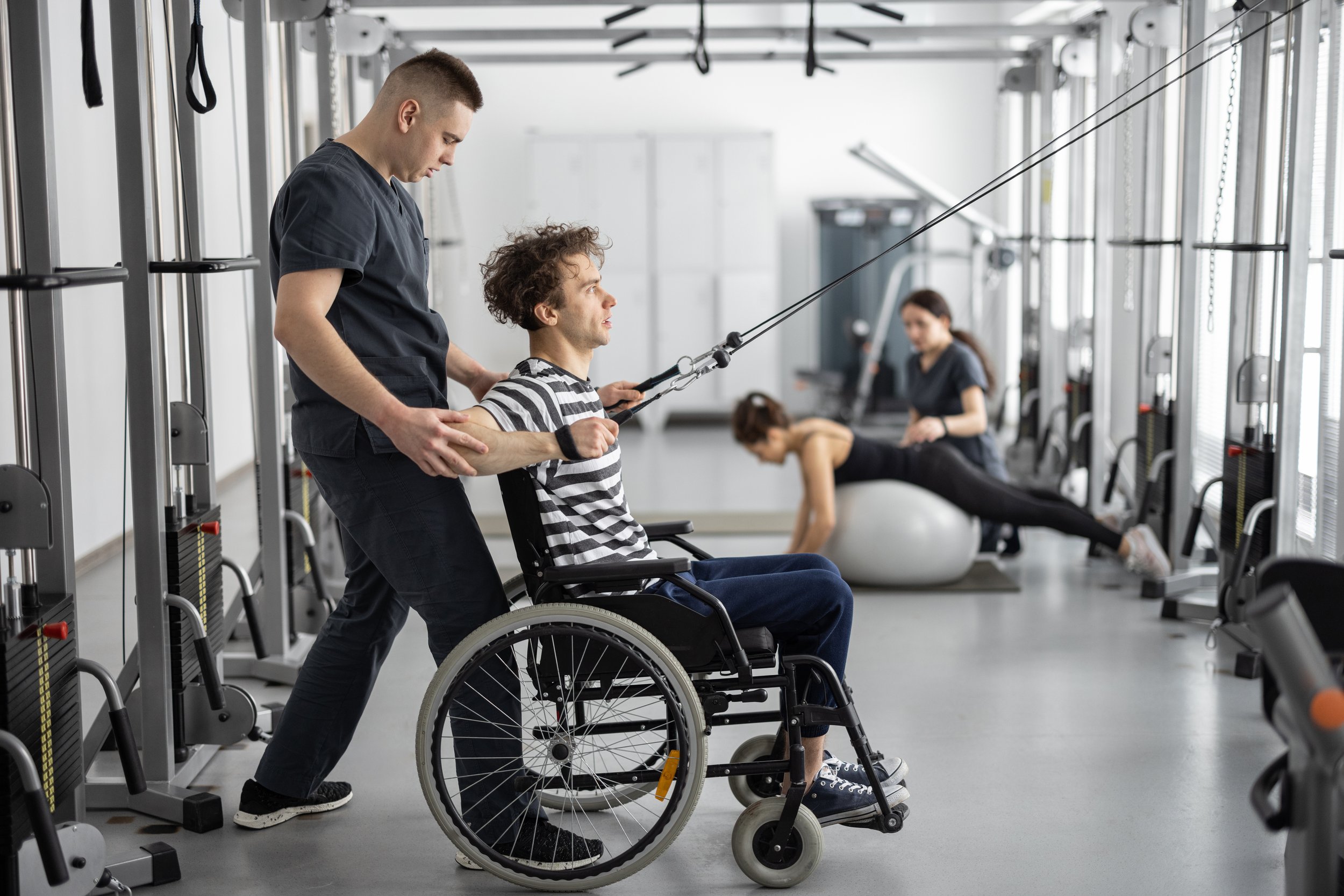Articles
Filter by Topic
- Adaptive Sport 1
- Artificial Intelligence 1
- Bike Labyrinth 3
- Bone density 1
- Bridging the Gap 1
- Bridging the Gap 1
- Carbonhand 4
- Cardiovascular 1
- Client Stories 4
- Cognition 1
- Company Updates 3
- Decision Making 1
- Dementia 1
- Denervation 19
- Diabetic Foot 12
- Efficiency 1
- Electrotherapy 26
- Exercise Benefits 27
- FES Cycling 7
- Functional Electrical Stimulation (FES) 47
- Gait 2
- Goal Setting 5
- Grip 3
- Healthspan 2
- Indego 13
- Lifestyle 8
- Lower Motor Neuron 1
- Mobility 16
- Motivation 2
- Nerve injury 1
- NexStride 1
- Occupational Therapy 1
- Orthotic 15
- PRAFO 22
- Pain 5
- Parkinsons 2
- Pressure Ulcers 10
- Product Updates 7
- RISE Stimulator 7
- Safety 1
- Sponsor 1
- Standing 3
- Stimulette den2x 5
- Support 1
- TENS 1
- Technology 17
- Tek RMD 20
- Tips and Gadgets 4
- Training 5
- Transverse Myelitis 1
Article Length
- 1 minute read 3
- 10 minute read 7
- 11 minute read 4
- 12 minute read 6
- 15 minute read 6
- 18 minute read 1
- 19 minute read 1
- 2 minute read 4
- 26 minute read 1
- 27 minute read 1
- 28 minute read 1
- 3 minutes read 9
- 4 minute read 33
- 5 Minute read 11
- 6 minute read 5
- 7 minute read 13
- 8 minute read 2
- 9 minute read 2
- FES 2
- FoG 1
- PRAFO 1
- Seven Minute Read 1
- awareness 1
- carbonhand 2
- cognitive 1
- cues 1
- freezing gait 1
- freezing of gait 1
- gait 1
- neurological 1
- neuroplasticity 1
- nexstride 2
- occupational therapy 1
- occupational therapy day 1
- orthopaedics 1
- orthotic 1
- parkinson's 1
- pressure 1
- pressure relief 1
- prevention 1
- rehabilitation 2
- stroke 1
- ulcers 1
- world stroke day 1
Pressure ulcers: The common risk factors
Pressure ulcers are a significant problem in the UK, particularly for bedridden patients or those with limited mobility. They occur in up to 23% of patients in acute care facilities and up to 33% of patients in long-term care facilities. At Anatomical Concepts, we are particularly interested in heel pressure ulcers, accounting for approximately 25% of all ulcers.
To prevent these ulcers, we should know the risk factors which are partly "mechanical" and partly "medical". We discuss the major ones and notice how these factors can overlap. We finish by looking at how the PRAFO range of orthoses can help
Is 20 minutes of FES Cycling good enough for health gains?
Functional Electrical Stimulation cycling, also known as FES cycling or using an FES bike, is a rehabilitation technique that uses electrical stimulation to activate skeletal muscle in individuals with spinal cord injury or other types of neurological injury. This technique is well established in the homes of hundreds of people in the UK as well as in NHS and private facilities. In this article we address the topic of how often you should exercise with this technology. For example, is 20 minutes, three times per week really enough?
Heel Ulcers: Symptoms, Causes, and Treatments
A heel ulcer, also known as a pressure ulcer or, in the past, as a pressure sore, is a wound that develops from prolonged pressure on the skin and underlying tissue. It is most common in the elderly who may be immobile and nutritionally challenged - and those with medical conditions such as diabetes, peripheral arterial disease, or spinal cord injury. Heel ulcers occur when pressure is applied to the heel for extended periods, cutting off blood flow to the localised tissue and causing skin and subcutaneous tissue damage.
Heel ulcers are not a new problem. They represent a massive cost to the NHS and of course an emotional and physical burden on those who experience them. In this article we describe the characteristics of heel ulcers and the role of the PRAFO range in their prevention or treatment.
Supporting the Adaptive Heavyweights at Stirling Highland Games
ACUK are proud to be supporting three years of Adaptive Heavyweight Competition at Stirling Highland Games. This year 6 athletes from the Wounded Highlanders will compete with the hopes of breaking some new world records.
The Wounded Highlanders is the only UK adaptive Highland Games team, with over 30 athletes in the squad who are injured military veterans, with injuries from limb loss to brain injury to PTSD.
Measuring performance in spinal cord injury rehabilitation: New possibilities?
Many of us today walk around or exercise with products that sense many aspects of our daily activity. Smartphones and sensor developments mean that we can be more in tune with what is happening to our health and fitness. My Suunto watch monitors my heart rate and heart rate variability, blood oxygenation, skin temperature and activities in many ways. It can nudge me to exercise more, tell me how I recovered from exercise and alert me to how well or how badly I am sleeping.. I personally do like having these insights, but of course, some people will hate the idea of this.
The smartwatch and related sensor technologies have opened up some new possibilities. In this article, im going beyond the smartwatch of today and take a look at what additional sensor technologies might assist us with spinal cord injury rehabilitation in the near future. In particular, we take a look at two sensor areas that have grown in popularity with elite athletes - Muscle oxygen sensing and Lactate sensing. If you want to know why, then read on.
Electrical stimulation can condition muscles or help with pain. How do the techniques differ?
Electrical stimulation is a widely used method of applying energy to the body to produce a physiological response. By controlling the nature of this energy, we can expect to produce a useful therapeutic effect. These ideas have decades of practical use and are generally safe and effective in many situations. Still, it can be difficult to understand how to match one of the many techniques to a particular clinical case. This article delves into methodologies and technologies for pain management and muscle rehabilitation. We explore innovative solutions that offer customised and effective treatment plans, ensuring optimal patient outcomes.






